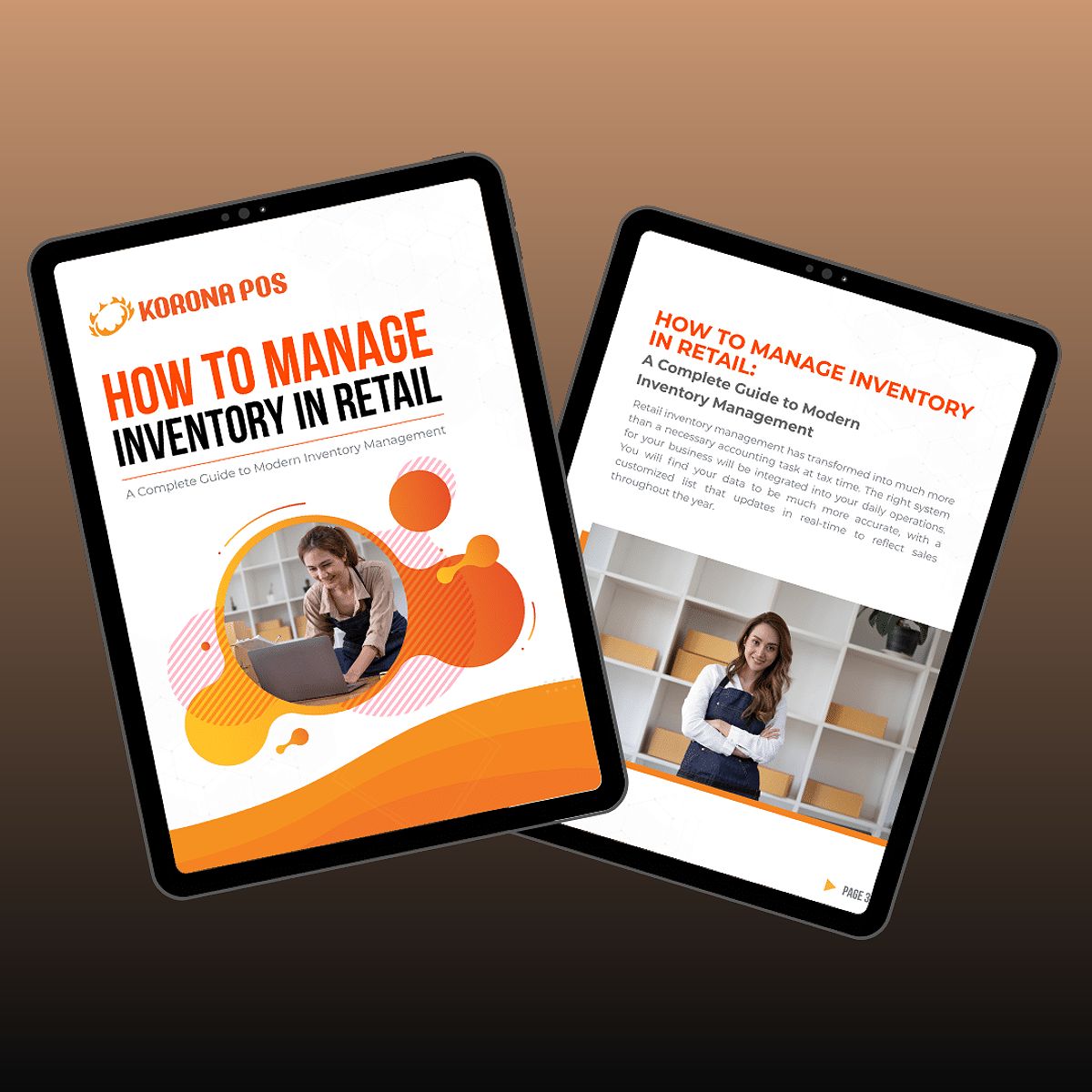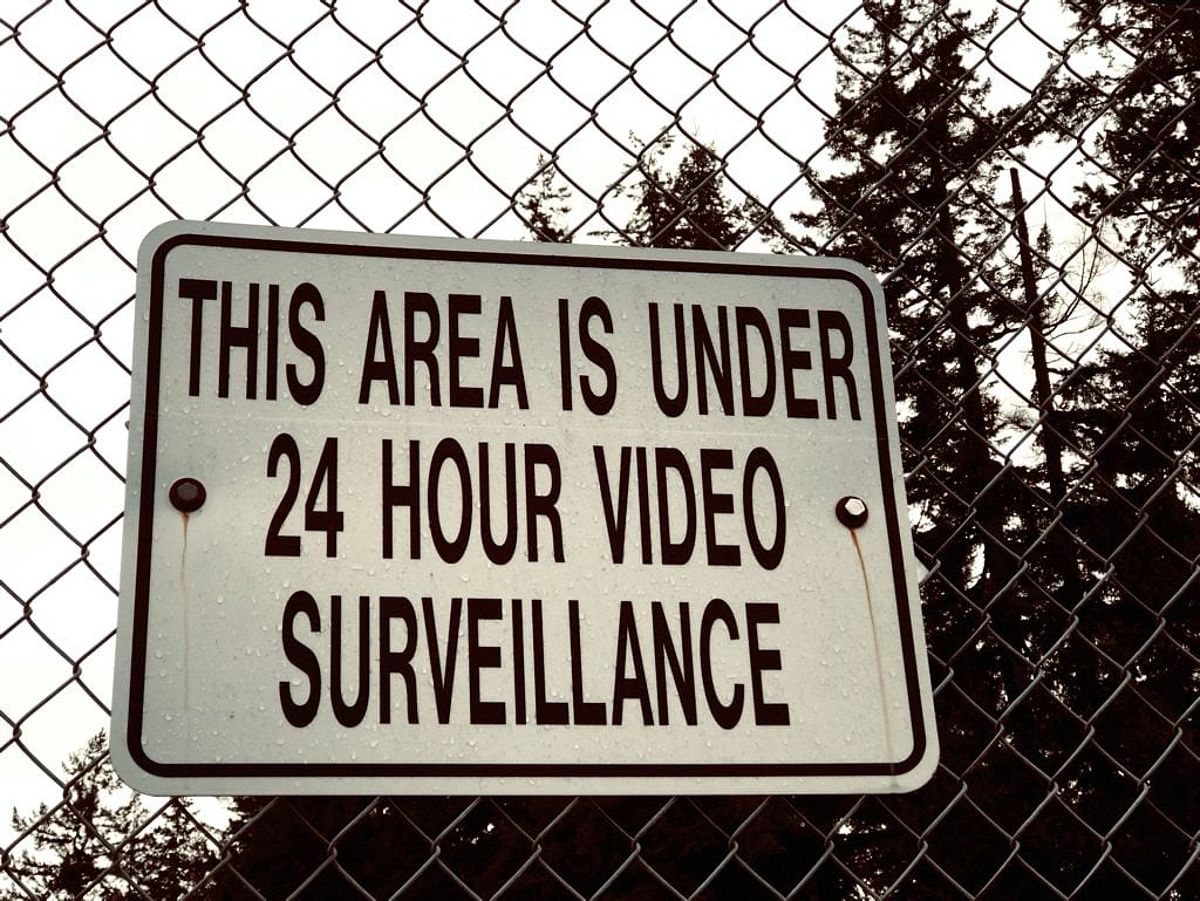Imagine walking into your store, only to discover empty shelves where popular items should be. This isn’t just a minor inconvenience it’s a symptom of shrink, a silent thief that can drain your profits and erode customer loyalty. Understanding the various forms of shrink and implementing effective prevention strategies is essential for any retail manager seeking to protect their business and ensure its long-term success. In this guide, we will delve into the complexities of shrink in the retail industry, equipping you with practical techniques to mitigate losses and safeguard your enterprise’s profitability.
Toc
- 1. Understanding Shrink in Retail Industry
- 2. Preventing Shrink in Retail: A Multi-Layered Approach
- 3. Related articles 01:
- 4. Analyzing Data to Identify Shrinkage Trends
- 5. Related articles 02:
- 6. Best Practices for Retail Managers
- 7. The Role of Customer Engagement in Shrink Prevention
- 8. FAQ
- 9. Conclusion
Understanding Shrink in Retail Industry
Shrinkage, in the context of retail, refers to the unfortunate gap between what your inventory records show and what is actually available on your shelves. This discrepancy can stem from various sources, and understanding these is the first step toward effective prevention.
Definition of Shrink
At its core, shrink encompasses the loss of inventory due to a multitude of factors, including theft, damage, administrative errors, vendor fraud, and spoilage. Each of these elements contributes to the overall shrink rate, impacting your bottom line and operational efficiency.
Types of Shrink
Let’s break down the primary types of shrink that retail managers must contend with:
-
Shoplifting: This is perhaps the most visible form of shrink. Shoplifters employ various tactics, from distraction techniques to concealment, posing a significant challenge to store security. Awareness and vigilance are crucial in combating this issue.
-
Employee Theft: Unfortunately, not all theft occurs outside the store. Employee theft can manifest in several ways, from taking merchandise to manipulating returns for personal gain. This form of shrink can be particularly damaging because it often involves trusted staff members.
-
Administrative Errors: Human error is an unavoidable aspect of business operations. Mistakes in inventory counts, data entry, or incorrect pricing can all lead to discrepancies. Regular audits and staff training can help minimize these errors.
-
Vendor Fraud: Sometimes, the threat comes from within the supply chain. Vendors may engage in dishonest practices, such as delivering less product than billed or overcharging for goods. Establishing strong relationships and clear contracts with vendors can help mitigate these risks.
-
Damage and Spoilage: Not every loss is due to theft. Damage during shipping or spoilage of perishable items can also contribute to shrink. Implementing proper handling procedures and regular inspections can help reduce these losses.
Calculating Shrink
To truly understand the impact of shrink on your business, it’s essential to calculate the shrink percentage. This can be done using the formula:
[ \text{Shrink Percentage} = \left( \frac{\text{Recorded Inventory} – \text{Actual Inventory}}{\text{Recorded Inventory}} \right) \times 100 ]
This calculation provides valuable insights into your inventory management practices and can guide your loss prevention strategies.
Statistics
According to recent reports, the average shrink rate in the retail industry has hovered around 1.62% in recent years, translating to staggering losses that can reach into the billions annually. This statistic underscores the importance of proactive measures to combat shrink, as it can significantly impact profitability and operational viability.
Preventing Shrink in Retail: A Multi-Layered Approach
Addressing shrink in the retail industry requires a comprehensive and strategic approach. By implementing a multi-layered strategy that encompasses inventory management, employee training, and security measures, retail managers can effectively mitigate losses.
Optimizing Inventory Control
Accurate inventory management is the cornerstone of any effective shrink prevention strategy. By leveraging technology and best practices, you can gain better control over your stock levels.
Implement Inventory Management Software
Investing in robust inventory management software can transform your operations. These tools allow you to track product movement, identify discrepancies, and generate detailed reports. With the right software, you can forecast demand more accurately, optimize ordering processes, and automate inventory reconciliation, reducing the risk of human error.

Conduct Regular Audits
Regular audits are vital for uncovering discrepancies in your inventory. Consider implementing a cycle counting system, where you regularly count portions of your inventory. This proactive approach not only helps maintain accurate stock levels but also keeps your employees engaged and aware of their responsibilities.
1. https://viralblogspost.com/factoring-companies-for-trucking-industry
2. https://viralblogspost.com/crm-system-banking-industry
3. https://viralblogspost.com/phd-industrial-organizational-psychology-online
4. https://viralblogspost.com/samsung-heavy-industries-co
5. https://viralblogspost.com/scheduling-software-construction-industry
Utilize RFID Technology
Radio-Frequency Identification (RFID) technology can revolutionize your inventory tracking. RFID tags provide real-time visibility into your stock, allowing for automated, highly accurate inventory counts and triggering alerts when items leave the store without being purchased. This technology enhances security and streamlines inventory management processes, enabling quicker responses to discrepancies.
Empowering Employees as Loss Prevention Partners
Your employees are on the front lines of shrink prevention. Equipping them with the right knowledge and fostering a culture of accountability can significantly reduce losses.
Comprehensive Training Programs
Training is essential for empowering your staff to identify and respond to theft and fraud effectively. Regular training sessions can cover various topics, including shoplifting tactics, proper cash handling, and return fraud prevention. By reinforcing this knowledge, you ensure that employees remain vigilant and proactive.

Creating a Culture of Integrity
Establishing a workplace environment that values honesty and ethical behavior is crucial. Clear policies regarding theft and fraud should be communicated and consistently enforced. When employees understand the consequences of their actions, they are more likely to adhere to policies and report suspicious behavior.
Clear Policies and Procedures
Developing and communicating well-defined policies for your employees can reduce the likelihood of unintentional errors and create accountability. Make these policies easily accessible, and use employee management software to track training completion and policy acknowledgment. This transparency reinforces expectations and promotes a sense of responsibility among staff.
Strengthening Physical Security
Robust security measures can serve as a deterrent against both external and internal theft. Investing in physical security can protect your assets and enhance the shopping experience.
Surveillance Cameras
Strategically placing high-quality surveillance cameras throughout your store can provide comprehensive coverage of high-risk areas and entry/exit points. Communicating the presence of these cameras can deter potential shoplifters. High-definition cameras with remote monitoring capabilities allow managers to oversee store activities even when not physically present.

Electronic Article Surveillance (EAS)
Implementing EAS systems can help prevent unauthorized removal of merchandise. These systems use tags or labels to trigger alarms when items are taken from the store without purchase. Regularly reviewing and maintaining these systems ensures they function effectively and provide the intended security level.

Secure Point-of-Sale (POS) Systems
Investing in secure POS systems can help detect and flag suspicious transaction patterns, such as excessive cash refunds or unauthorized discounts. A well-functioning POS system not only enhances customer service but also acts as a crucial tool in loss prevention.
Dedicated Loss Prevention Teams
Consider establishing a dedicated loss prevention team to lead your shrink reduction efforts. These professionals can analyze data, implement targeted strategies, and provide ongoing training and support to your staff. Their expertise can significantly enhance your store’s security measures and overall effectiveness in combating shrink.
Analyzing Data to Identify Shrinkage Trends
Data analysis is a powerful tool in identifying shrink trends and informing your loss prevention strategies. By collecting and analyzing relevant data, you can uncover patterns and implement tailored prevention measures.
Data Collection and Analysis
Establish a robust system for collecting and tracking data on shrink incidents. This should include details such as location, time, and type of loss. Utilizing data analysis tools can help you identify trends and pinpoint areas requiring additional attention.
Identifying Patterns
Examine your data to reveal patterns in shrink, such as peak times for shoplifting or departments with higher rates of employee theft. This information can guide you in deploying targeted security measures and training programs. For example, if data indicates that theft occurs more frequently during specific hours, you can adjust staffing levels and increase surveillance during those times.
Proactive Measures
Leverage your data-driven insights to implement proactive loss prevention strategies. This may include increasing security in high-risk areas, adjusting your inventory management practices, or implementing targeted employee training programs. By staying ahead of potential issues, you can minimize the impact of shrink on your operations.
Examples
Many retailers have successfully used data analysis to reduce shrink. For instance, a major department store chain utilized data analytics to identify high-risk periods for theft, allowing them to adjust staffing and security measures accordingly. As a result, they reported a significant decrease in shrinkage rates over the subsequent year.

1. https://viralblogspost.com/industry-market-research-companies
2. https://viralblogspost.com/industrial-psychology-masters-online
3. https://viralblogspost.com/advertising-as-an-industry
5. https://viralblogspost.com/financial-industry-regulatory-authority-news
Best Practices for Retail Managers
As a retail manager, you play a crucial role in safeguarding your business against shrink. Here are some best practices to consider:
Establish Clear Expectations
Communicate your loss prevention goals and expectations clearly to your employees. Emphasize the importance of adherence to policies and procedures. Regularly revisit these expectations during team meetings to keep them top of mind.
Implement Regular Performance Reviews
Conducting regular performance reviews can help assess your employees’ understanding and implementation of loss prevention strategies. This process can identify areas for improvement and reinforce the importance of their role in mitigating shrink.
Encourage Reporting
Fostering a culture where employees feel empowered to report suspicious activity or potential shrink incidents is vital. Provide anonymous reporting channels and recognize employees who contribute to your loss prevention efforts. This recognition can motivate others to take an active role in preventing shrink.
Stay Informed
Continuously educate yourself and your team on the latest trends and best practices in retail loss prevention. Attend industry events, participate in peer discussions, and stay up-to-date with relevant research and resources. Engaging with industry experts can provide fresh insights and innovative strategies to combat shrink.
The Role of Customer Engagement in Shrink Prevention
Engaging customers can also play a vital role in reducing shrink. When customers feel valued and connected to your brand, they are more likely to report suspicious behavior and help maintain a secure shopping environment.
Building Relationships
Fostering strong relationships with your customers by providing exceptional service creates a welcoming atmosphere. When customers feel a sense of loyalty to your store, they are more likely to act as watchful eyes against theft.
Involving Customers in Loss Prevention
Consider implementing programs that encourage customers to report suspicious activity. Simple signage inviting customers to notify staff of unusual occurrences can foster a community atmosphere that benefits everyone.
FAQ
Q: What are the most common types of shrink in retail?
A: The most prevalent forms of retail shrink include shoplifting, employee theft, administrative errors, vendor fraud, and product damage or spoilage.
Q: How can I train my employees to be more aware of shrink prevention?
A: Implement comprehensive training programs that educate your employees on various types of theft and fraud, proper cash handling procedures, and strategies for identifying and responding to suspicious behavior. Fostering a culture of integrity and clear policies can also empower your team to be active participants in your loss prevention efforts.
Q: What are some cost-effective security measures I can implement in my store?
A: Cost-effective security measures include strategically placing visible surveillance cameras, using electronic article surveillance (EAS) systems, and ensuring your point-of-sale (POS) system has robust fraud detection capabilities. Additionally, investing in employee training and fostering a culture of integrity can be highly effective in deterring theft and mitigating shrink.
Q: How can I use data analysis to identify shrinkage trends?
A: Establish a comprehensive system for collecting and tracking data on shrink incidents, including details such as location, time, and type of loss. Utilize data analysis tools to uncover patterns and trends, which can guide you in deploying targeted security measures, training programs, and adjusting your inventory management practices.
Conclusion
Shrink poses a significant challenge for retail managers, but with a comprehensive, data-driven approach, you can effectively mitigate losses and protect your business’s profitability. By optimizing inventory control, empowering your employees, strengthening physical security, and leveraging data insights, you can conquer shrink and position your retail enterprise for long-term success. Stay vigilant, adapt to evolving threats, and embrace a culture of loss prevention to safeguard your bottom line in the ever-evolving retail landscape. With these strategies in place, you can create a more secure environment for both your business and your customers, ultimately leading to enhanced satisfaction and loyalty.







Leave a Reply